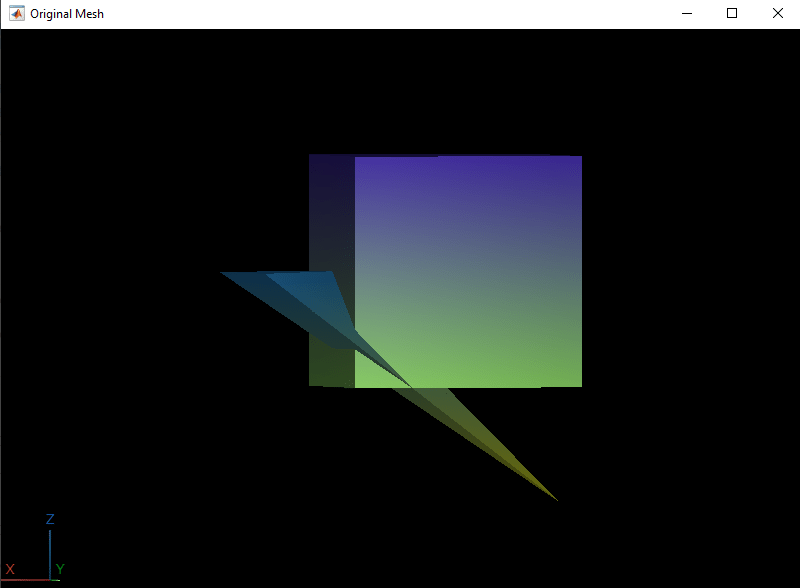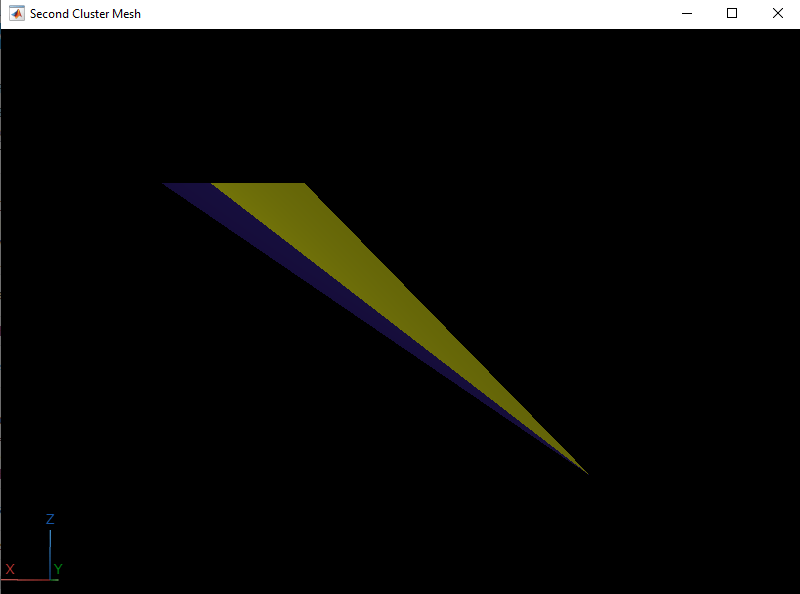clusterConnectedFaces
Description
[
clusters the connected faces in the surface mesh faceClusterIdx,clusterNumFaces,clusterArea] = clusterConnectedFaces(surfaceMeshIn)surfaceMeshIn, and
returns the cluster index for each face faceClusterIdx, the number of
connected faces in each cluster clusterNumFaces, and the surface area
of each cluster clusterArea.
Examples
Input Arguments
Output Arguments
Version History
Introduced in R2023a
See Also
surfaceMesh | readSurfaceMesh | writeSurfaceMesh | surfaceMeshShow | pc2surfacemesh


